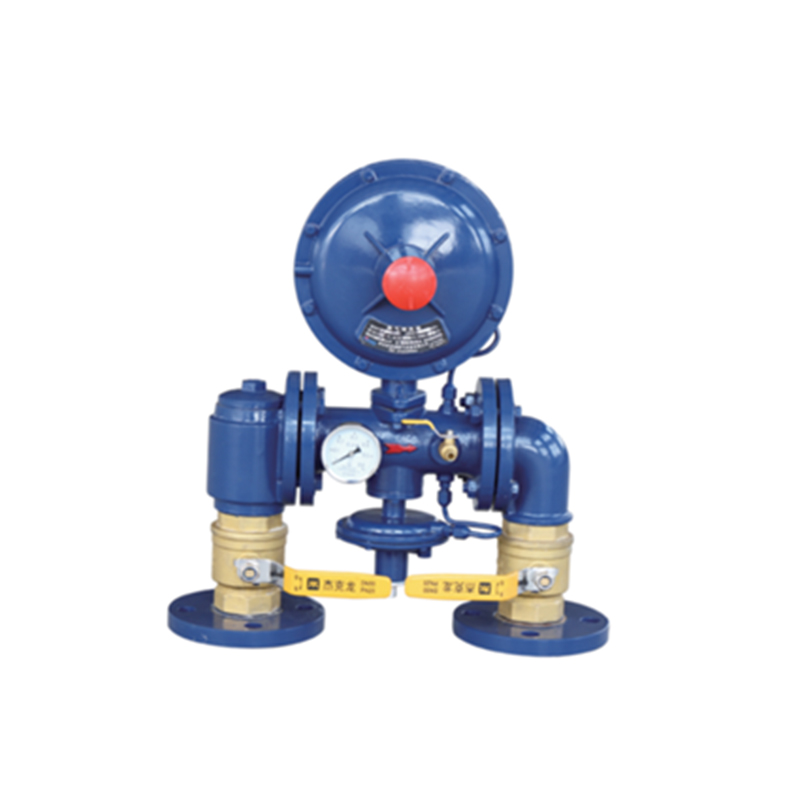
Dec . 16, 2024 05:16
Back to list
صمام تخفيض الضغط
Understanding Pressure Relief Valves A Comprehensive Overview
Pressure relief valves (PRVs) are critical components in a vast array of industrial applications, designed to protect equipment from the dangers of overpressure. By ensuring that pressure levels remain within safe limits, these valves play an essential role in maintaining the integrity and safety of pressurized systems.
Function and Importance
The primary function of a pressure relief valve is to automatically release excess pressure from a system. When pressure reaches a predefined threshold, the valve opens, allowing fluid or gas to escape. This action prevents potential catastrophic failures such as explosions, equipment damage, or hazardous spills. For industries that rely on pressurized systems — including oil and gas, chemical manufacturing, and power generation — PRVs are not just a recommendation but a necessity for safety compliance.
How PRVs Work
The operation of a pressure relief valve is straightforward yet effective. At its core, the valve consists of a spring-loaded mechanism that holds a disc or poppet in place against the inlet pressure. As long as the pressure remains below the set point, the valve remains closed. When the pressure exceeds this set point, the force exerted on the disc overcomes the spring force, causing the valve to open and release the excess pressure.
After the pressure has been reduced to a safe level, the spring pulls the disc back into place, sealing the system once again. This cycle can occur repeatedly, allowing the valve to maintain safe operating conditions within the system.
Types of Pressure Relief Valves
There are several types of pressure relief valves, each designed for specific applications and requirements
1. Conventional Spring-Loaded Valves These are the most common type of PRVs, used in various industries due to their reliability and simplicity. They operate based on a tension spring that determines the opening pressure.
.
3. Safety Relief Valves Often used in steam applications, these valves can handle both gas and liquid, making them versatile for different processes.
صمام تخفيض الضغط

4. Balanced-Bellows Valves These are designed to minimize the effects of backpressure on the valve, making them suitable for applications where backpressure is a concern.
Applications in Industry
Pressure relief valves are utilized in numerous applications, including
- Chemical Processing To protect reactors and storage tanks from overpressure during chemical reactions.
- Oil and Gas For safeguarding pipelines, pressure vessels, and refining processes from sudden pressure surges.
- Power Generation In boilers and turbines, where overpressure can lead to dangerous situations.
- Water Treatment Plants To ensure safe water pressure in treatment systems and distribution networks.
Regulatory Standards and Maintenance
Given their significance, pressure relief valves must adhere to strict regulatory standards to ensure reliability and safety. Regular maintenance and testing are also crucial. Operators should inspect and test PRVs periodically to ensure they function correctly and meet the necessary standards. Failure to maintain these valves can lead to catastrophic results.
Conclusion
In summary, pressure relief valves serve a vital role in protecting industrial systems from the dangers of overpressure. Understanding their function, types, applications, and the importance of regular maintenance is essential for ensuring safety and efficiency in various processes. As industries continue to innovate and expand, the significance of PRVs will undoubtedly remain paramount in safeguarding operations and protecting human and environmental health.
Latest news
-
Safety Valve Spring-Loaded Design Overpressure ProtectionNewsJul.25,2025
-
Precision Voltage Regulator AC5 Accuracy Grade PerformanceNewsJul.25,2025
-
Natural Gas Pressure Regulating Skid Industrial Pipeline ApplicationsNewsJul.25,2025
-
Natural Gas Filter Stainless Steel Mesh Element DesignNewsJul.25,2025
-
Gas Pressure Regulator Valve Direct-Acting Spring-Loaded DesignNewsJul.25,2025
-
Decompression Equipment Multi-Stage Heat Exchange System DesignNewsJul.25,2025

